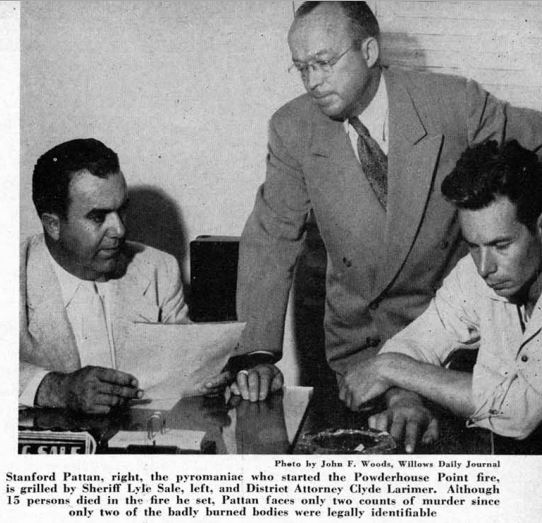(UPDATED at 8:10 a.m. PDT, July 14, 2014)

The spread of the Mills Canyon Fire at Entiat, Washington has slowed considerably. The Incident Management Team reports that it has now burned 22,571 acres and is 25 percent contained. For Monday, the team expects:
…The east and north flanks are expected to have little or no fire spread and will continue in patrol status. There will be some creeping fire along the west and southwest flanks with some isolated torching. Overall, only minor perimeter growth is expected. Evening thunderstorms and associated winds will test existing contained fire edges and effects of storms will be closely monitored.
#MillsCanyonFire SW of Entiat, #Washington • Personnel: 1,041 • 22,571 acres • Contained: 25% http://t.co/iV5mvUaOab pic.twitter.com/1OuTfCNEmC
— Ed Joyce (@EdJoyce) July 14, 2014
****
(UPDATED at 9:50 a.m. PDT, July 13, 2014)

The Mills Canyon Fire at Entiat, Washington continued to spread on the west side Saturday, but more slowly than in previous days. The Washington Interagency Incident Management Team #2, which distributes few updates, said Saturday morning the fire had burned 21,823 acres. In their InciWeb report the team called it 22 and 25 percent contained in two different places . On Friday crews completed a burnout operation around homes on the east side of the fire that required the closure of Highway 97A. The eastern end of Swakane Canyon was secured with handline, but the fire spotted across Rattlesnake Road further to the west. Hotshot crews constructed containment lines in that area assisted by 60,000 gallons of retardant from a DC-10 and other air tankers. The Pacific Northwest Incident Management Team 3, lead by Incident Commander Ed Lewis, will assume command of the fire at 6 a.m. Sunday.
Eerily beautiful #Wildfire pic. MT @KING5Seattle #MillsCanyon fire 20K acres, 22% contained. pic.twitter.com/pSldzeRV15 h/t @MiddleAmericaMS — Sharon Lake (@smichelleism) July 13, 2014
****
(UPDATED at 6:55 a.m. PDT, July 12, 2014)

The map of the Mills Canyon Fire above shows that the fire has grown to 21,000 acres. Over the last 24 hours it has been most active on the northwest and west sides, continuing to spread along the south side of Entiat River Road. **** (UPDATED at 9 p.m. PDT, July 11, 2014)

The Washington Interagency Incident Management Team #2 is not making many current maps available of the Mills Canyon Fire at Entiat, Washington, even to their own personnel. We were able to scrounge up the map above that was issued July 11, but it contains fire perimeter data from 2 p.m. July 10. The Team is still saying the fire has burned 18,065 acres and they are calling it 19 percent contained. Highway 97A has reopened.
****
(UPDATED at noon, July 11, 2014) Continue reading “Washington: Mills Canyon Fire near Entiat”



